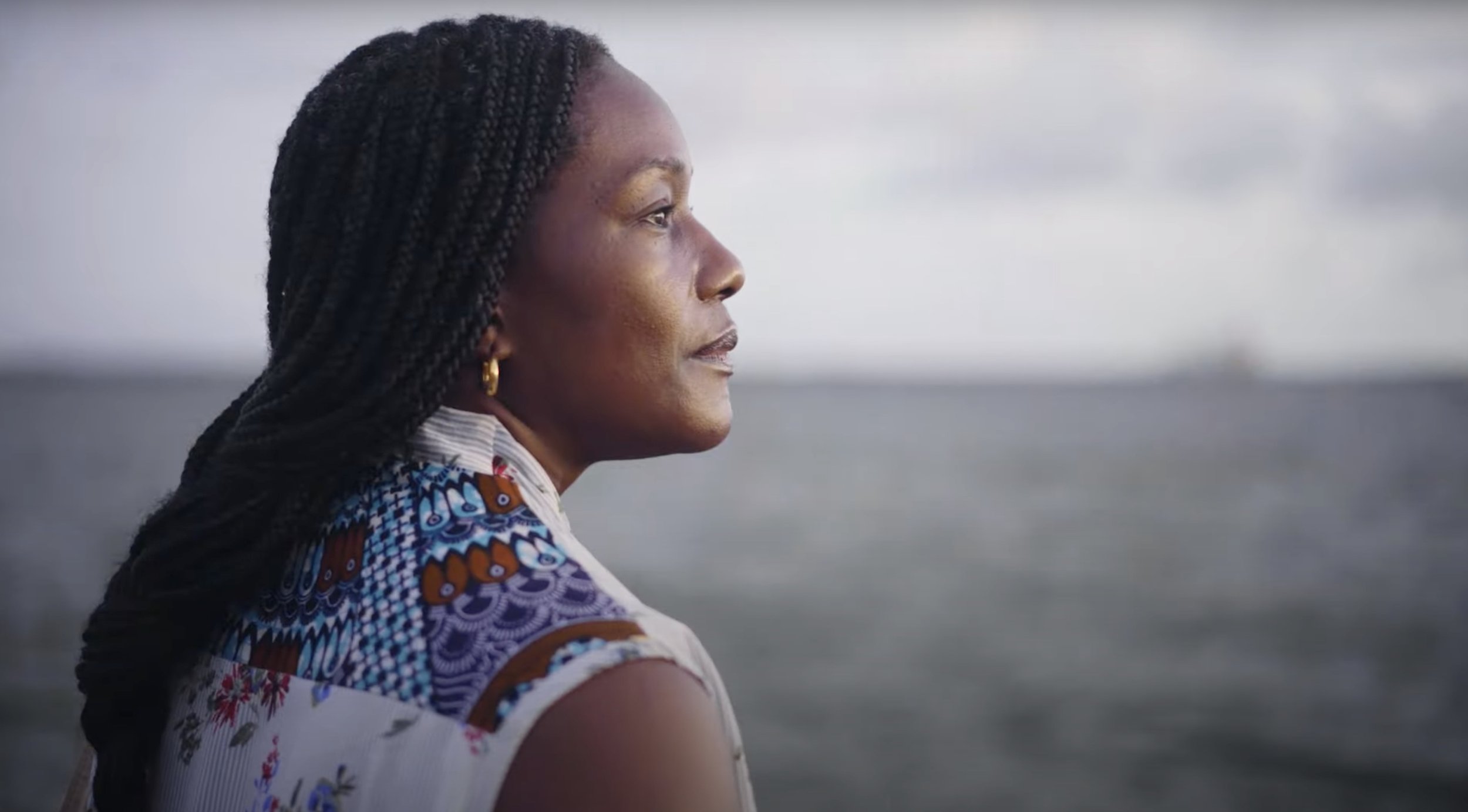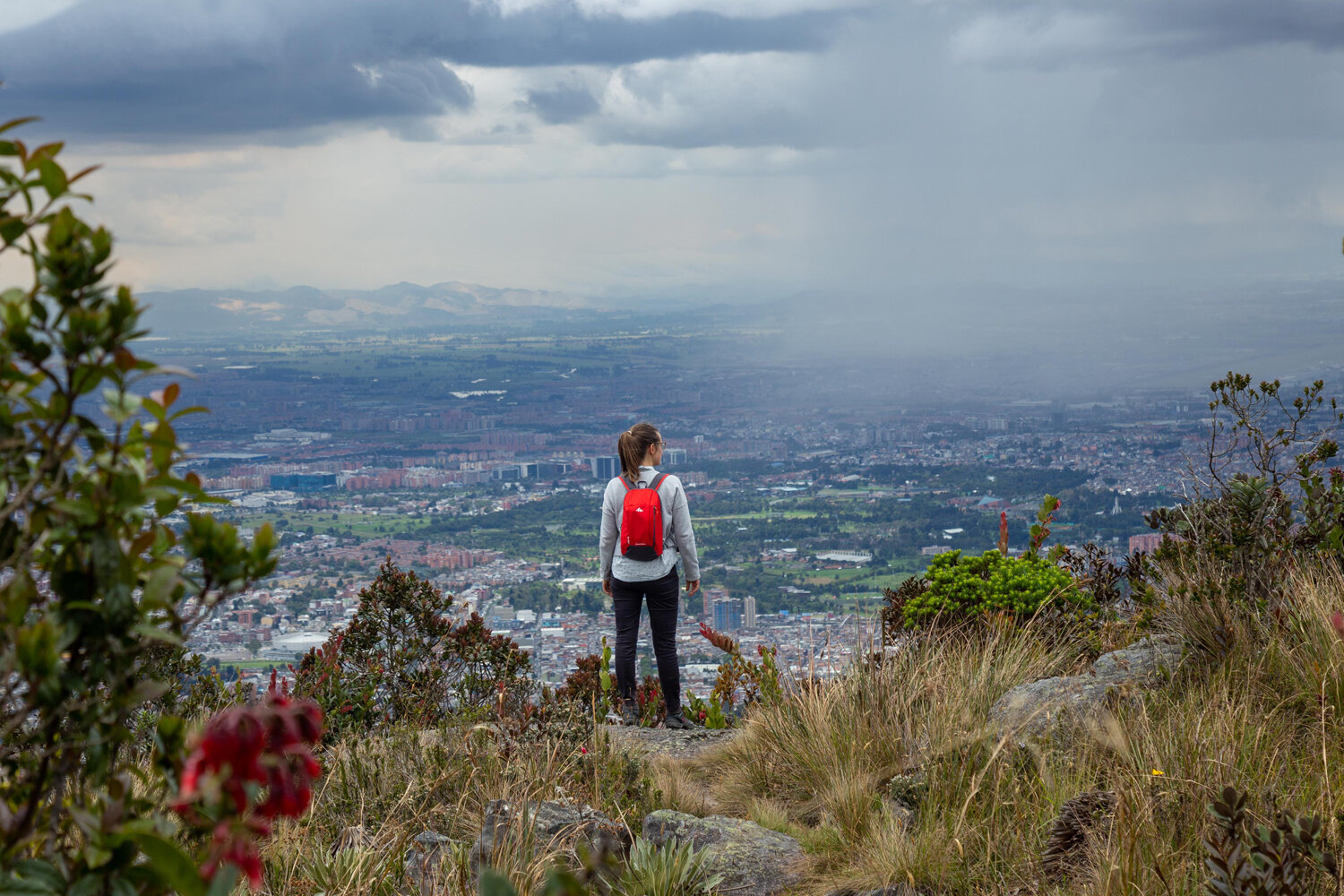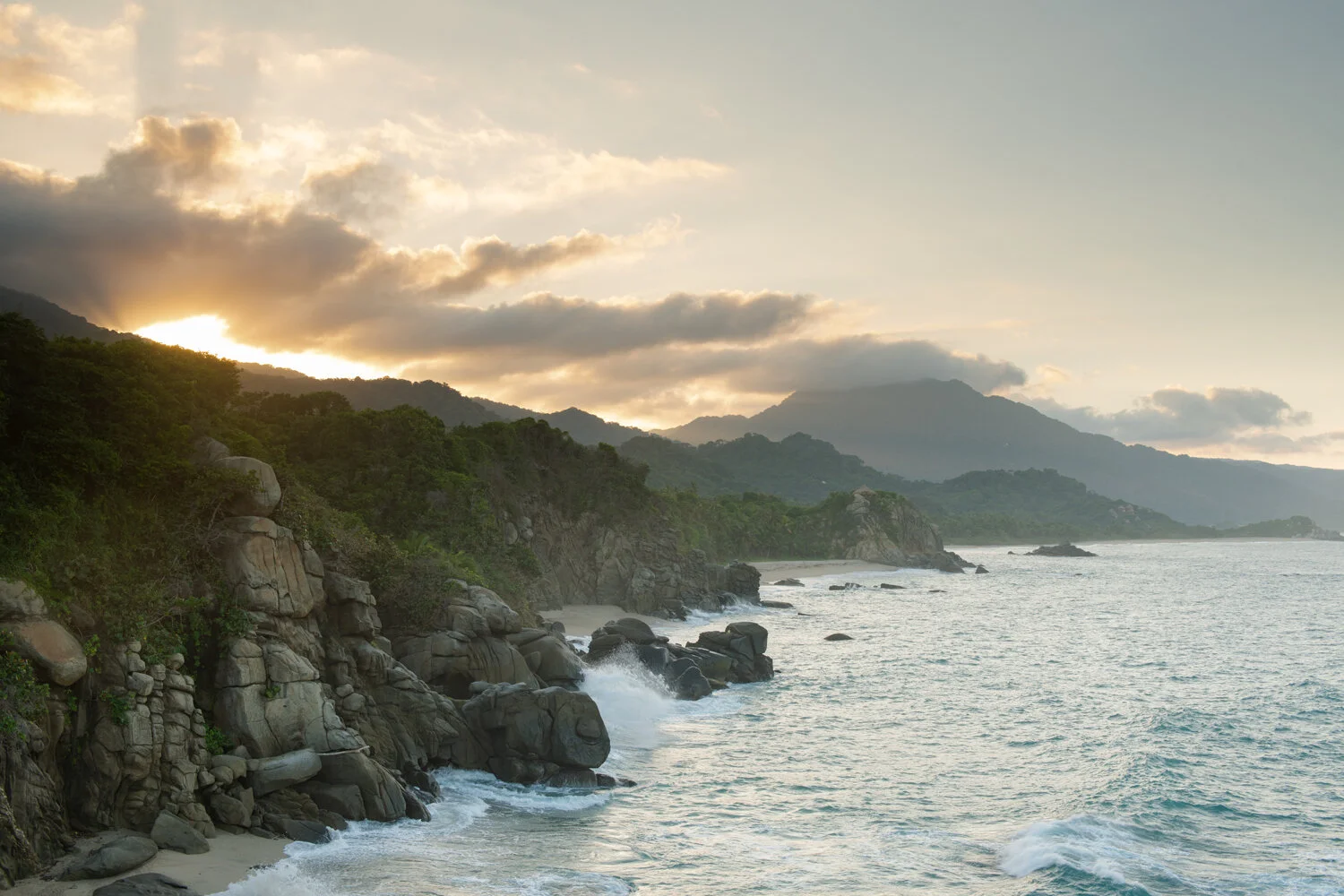Video Production in Northern Colombia's Hidden Gem: Montes de María
Over the past five years I’ve been fortunate enough to travel the length and breadth of Colombia. I have visited all 32 of the country’s departments, and explored from the flooded plains of the Llanos Orientales to the wild jungles of the Pacific coast; from the windswept moors of the Sierra Nevada de Santa Marta to the jungles of the Amazon rainforest. One region which I had never visited however, was the Montes de Maria, a small and isolated mountain range to the south of Cartagena which sees precious little tourism.
Chris Bell on location in Montes de María
So when WhereNext assigned me to the Montes de Maria to work as one of the models and fixers in their latest video production for Awake.Travel, I accepted without hesitation. Well, that’s not strictly true: first I checked that they understood the definition of model. But once it became apparent that they considered an unkempt beard and proneness to uncontrollable bouts of sweating within the job description, I agreed to go along.
Filming in Colombia can often be tricky, but the Montes de Maria was a step beyond the norm: this isolated region presents a series of unique challenges for a Colombian production company. Transport infrastructure is sorely lacking and the area is extremely new to tourism, meaning that many local guides are pretty unaccustomed to meeting the rather specific needs of film crews. When put in this context, the idea of a multi-day video production in the Montes de Maria begins to look like a real challenge at best and madness at worst.
See the WhereNext Guide: The Top Natural History Filming Locations in Colombia
Arriving at the Montes de Maria is relatively simple. Our team of five took an early morning flight from Bogota to Corozal in the state of Sucre. After a brief detour for an interview in the departmental capital of Sincelejo, we jumped in a jeep to the small town of Chalan.
We set off from Chalan into the mountains on foot. Our local guides had assured us that is was a simple two-hour hike to our camp. Five hours later, under the cover of a pitch black sky, we dragged our feet into the camp.
Our hammocks were strung up in a too-close-for-comfort line beneath the rafters and, for some reason which escapes me now, I got last pick. This meant that I got to enjoy a night protected by a mosquito net with a hole big enough to fit my entire head and shoulders through. I should also reserve special thanks for the kid in the neighboring hammock who saw fit to test out his flashlight for about half-an-hour while I was trying to get to sleep. I say kid; he was about 24 years old. Suffice it to say, no-one got too much sleep on that first night.
WhereNext videographer, Santiago Ospina on location in Montes de María
Those first couple of days of filming were by far the toughest during the shoot. Not only were we plagued by mosquitoes and the intense heat, but the wildlife which we’d been hoping to shoot proved frustratingly elusive. I became convinced that the toucans were messing with us: every time I would manage to locate one, perched high in a tree emitting its distinctive croaking call, Santi (WhereNext’s Videographer) would rush to set up the tripod and the long-lens camera. Just as he got everything ready the toucan would invariably take flight. Cursing from our team would ensue. Repeat.
Santi and Julio – whom I had previously known mainly as the respectively relaxed and hyper-energetic guys from the office – really impressed me during this part of the shoot. While the two English models were looking increasingly frayed around the edges and probably struggling to appear relaxed and fun-loving on camera, those two remained relentlessly upbeat and seemed to draw on some sort of hidden energy reserved. Each time I struggled up another ridge – red-faced and sweating (can’t wait for that final video cut by the way, Santi!) and saw Julio jogging past me to set up his camera and film the arrival I wanted to high-five him. If only I’d had the energy…
Now some of these descriptions may be perhaps a little hyperbolic, but they do illustrate how tricky filming a video production can be in the Montes de Maria. Distances are long, the heat is intense, the conditions are less than ideal; throw in the effort of lugging several very heavy cameras around wherever you go and you’ve got the recipe for a challenging shoot! Julio and Santi, you have my respect (apart from the moment when, at about 3am, Julio jumped out of his hammock swearing at the mosquitoes and woke me up just as I had finally drifted off: I won’t be forgetting that in a hurry).
Thankfully, the first two days in Chalan were only about a third of the production. That’s not to say that they weren’t fun and that the region wasn’t beautiful, simply that four more days of shooting in those conditions might well have resulted in at least one crew member going rogue and disappearing into the mountains like a low-budget Colonel Kurtz. Onwards and upwards…
Read our WhereNext Destination Guide: A Destination Guide to Filming in Colombia
Our next stop was Rocamadre Adventure Park, a gorgeous natural park set in protected tropical dry forest offering extreme activities such as caving, ziplining and rappelling. It was here that the get-up-and-go attitude of the WhereNext team really came to the fore, as they donned helmets and ropes and ziplined alongside the actors to get the best shots. Julio’s mastery of the drone – weaving it between low-hanging branches and vines – also produced some of the best action shots of the entire trip.
The final couple of days of the shoot took place in and around the town of San Jacinto, famous for its traditional cumbia music and artisanal hammock weaving. We filmed segments with a weaving collective and with local legend Rafael Perez Garcia, a master-crafter of gaita flutes and composer of a Latin Grammy winning song. We were also greeted on the main square by a wonderful group of cumbia dancers and musicians.
After six long and enjoyable days, we finished shooting in San Jacinto and headed back to Corozal for our return flight to Bogota. If I was exhausted I can only imagine how Julio and Santi must have felt, but to their enduring credit neither one of them ever offered a negative word (apart from Julio to the mosquitoes of course). Hopefully I will get to ‘model’ for them again soon, perhaps in slightly more relaxed conditions next time. Can I suggest a Caribbean beach somewhere?
Click this link to learn how our Colombian based film production company can help with your next natural history project.

















Positioning Colombia as the World's #1 Emerging Cycling Destination.